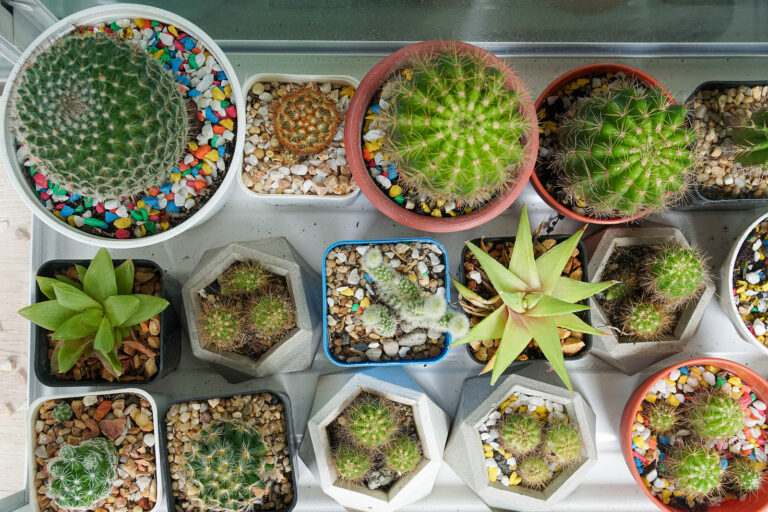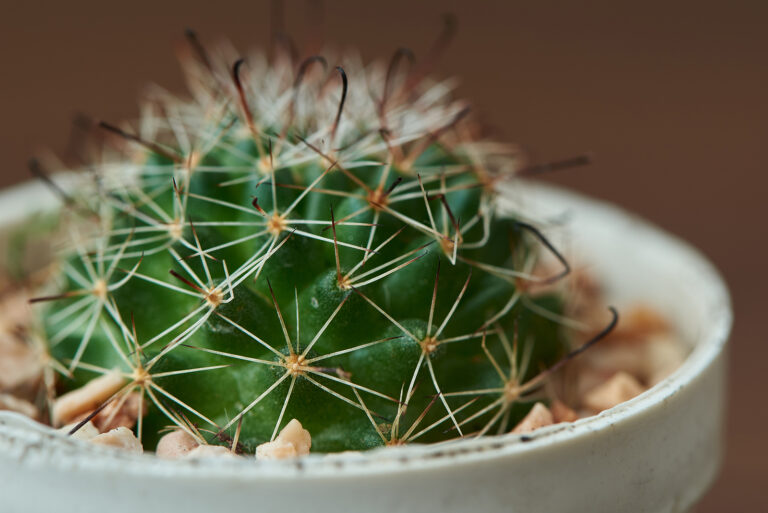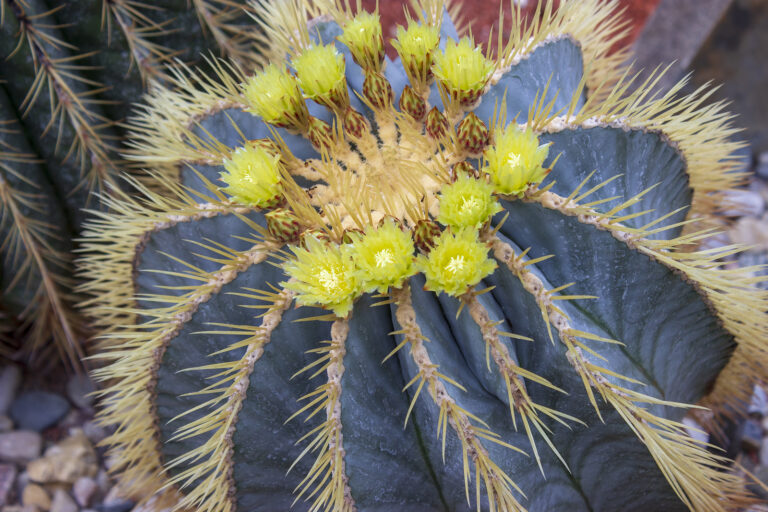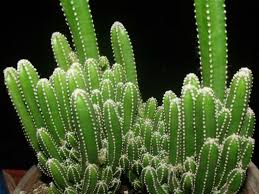How to Grow Trichocereus – Torch Cactus
Trichocereus are easy-to-grow cylindrical cacti, known for their hardiness. Trichocereus can grow to tree size, but many species will remain small when potted and grown indoors.
Trichocereus are suitable for well-lighted window gardens, lath houses, or greenhouses. They are among the most undemanding cacti and prosper with little care.
Most Trichocereus have funnel-shaped, nocturnal white flowers. Some mature species bloom in cultivation if raised outdoors in the garden.
Trichocereus are native to the Andes, often growing at high alpine altitudes. Trichocereus are hardy and are often used as understock for grafted cactus.
Trichocereus has recently been included in the Echinopsis genus.
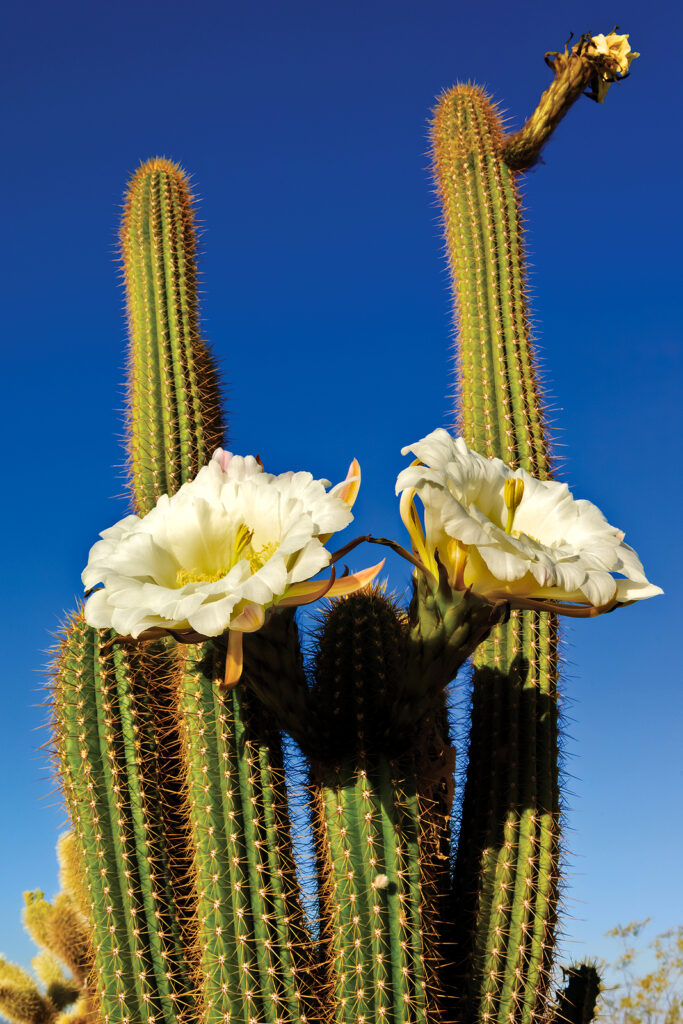
Get to know Trichocereus
- Plant type: An organ pipe cactus
- Hardiness temperature: 25℉ (-3.9℃)
- Shape and size: Numerous growth forms; some to feet (1m) tall; one species to 33 feet (10m) tall
- Flowers: Funnel-shaped, nocturnal white flowers are densely woolly
- Bloom time: Spring, summer
- Common name: Torch cactus
- Genus name: Trichocereus
- Family name: Cereanae
- Origin: Southern and Central Argentina, Eucador, Peru, Chile
Where to plant Trichocereus
- Trichocereus can be grown outdoors in the garden and in pots where the temperature does not fall below 25℉ (-3.9℃) in winter.
- Trichocereus can be grown indoors in a sunny window or in a greenhouse with bright light. Trichocereus requires more light than most houseplants.
- Light: Plant in a sunny location.
- Soil: Normal, slightly acidic cactus soil is best.
How to water and feed Trichocereus
- Water evenly in summer.
- Fertilize often during periods of rapid growth
Trichocereus care
- Place Trichocereus in a cool and dry location in winter.
- Older plants have to be tied or supported.
Trichocereus varieties to grow
- Trichocereus fascicularls (also known as Weberbauerocereus fascicularis). Close-set areoles and needlelike yellow or brown short spines characterize this cactus.
- T. peruvianus (Peruvian torch). Thick, multibranched stems reach to 15 feet. Large areoles set an inch apart bear short, brown spines. Large flowers are white, nocturnal. Suitable as house plant if grown in well-lighted area.
- T. spachianus (golden torch). Strong columnar growth to 7 feet; divides at base to produce branches parallel to main stem. Needle-shaped spines are yellow to brown; 8 to10 radial spines surround single, thick central one. Because these spines are short. Flowers are large and white. This species is most often used as an understock for grafting other cacti.


